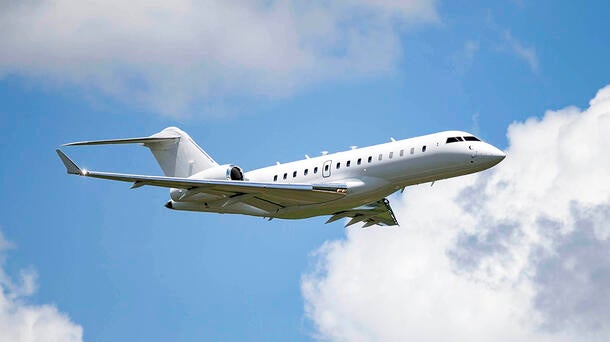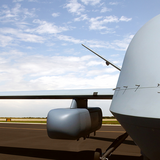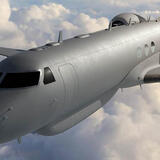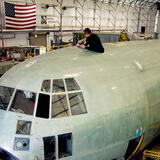The jet missionization is another example of L3Harris’ extensive résumé of swiftly producing airborne systems for Department of Defense and international customers, completing this complex design, engineering, modification and integration of a sophisticated next-generation aircraft in a compressed timeframe.
“We are a whole-solutions provider,” said Luke Savoie, President, Aviation Services, L3Harris. “Our team has decades of experience designing and integrating mission system solutions with proven proficiency in modernizing and modifying more than 95 different platform types.”
Rapidly Expanding Army ISR Technologies
The aircraft can fly for up to 14 hours at mission altitudes above 41,000 feet and can activate Long Range Precision Fires to counter long-range threats. Flying above 41,000 feet increases aircraft survivability rates and line-of-sight, making ARES and HADES key Sensor to Shooter network enablers, directly supporting the Army’s top modernization priority.
ARES’ extended mission range eliminates the need to operate near challenged or denied borders which reduces mission risk, something not possible with lower-altitude, shorter-range sensing systems. The original equipment manufacturer’s green aircraft can host up to 14,000 lbs. of mission payload and has the power to run the Army’s longest-range sensors, along with the SWaP capacity to accommodate future growth.
Advancing Next-Generation Sensing Capabilities
L3Harris was also selected for the first phase of the Army’s Multi-Domain Sensing System (MDSS) program to develop, build, integrate and demonstrate prototype electronic and communications intelligence sensors onto the new HADES platform. HADES will address the demands of future multi-domain operations against peer- and near-peer adversaries, according to the Army.
L3Harris is the only company selected for the first phase of both the U.S. Air Force’s Global High-Altitude Open-Sensor Technology (GHOST) and Army’s HADES programs.
“In both of these projects, L3Harris combines scaled SIGINT hardware architecture with modernized battle-tested software to counter ever-evolving threats through continuous SIGINT enterprise updates,” said Jon Piatt, President, Reconnaissance Mission Systems, L3Harris. “Our solutions will greatly increase current capabilities by orders of magnitude with built-in growth, interoperability, networking and adaptability for future missions.”













